Ferroptosis of tumour neutrophils causes immune suppression in cancer
- PMID: 36385526
- PMCID: PMC9875862
- DOI: 10.1038/s41586-022-05443-0
Ferroptosis of tumour neutrophils causes immune suppression in cancer
Abstract
Ferroptosis is a non-apoptotic form of regulated cell death that is triggered by the discoordination of regulatory redox mechanisms culminating in massive peroxidation of polyunsaturated phospholipids. Ferroptosis inducers have shown considerable effectiveness in killing tumour cells in vitro, yet there has been no obvious success in experimental animal models, with the notable exception of immunodeficient mice1,2. This suggests that the effect of ferroptosis on immune cells remains poorly understood. Pathologically activated neutrophils (PMNs), termed myeloid-derived suppressor cells (PMN-MDSCs), are major negative regulators of anti-tumour immunity3-5. Here we found that PMN-MDSCs in the tumour microenvironment spontaneously die by ferroptosis. Although decreasing the presence of PMN-MDSCs, ferroptosis induces the release of oxygenated lipids and limits the activity of human and mouse T cells. In immunocompetent mice, genetic and pharmacological inhibition of ferroptosis abrogates suppressive activity of PMN-MDSCs, reduces tumour progression and synergizes with immune checkpoint blockade to suppress the tumour growth. By contrast, induction of ferroptosis in immunocompetent mice promotes tumour growth. Thus, ferroptosis is a unique and targetable immunosuppressive mechanism of PMN-MDSCs in the tumour microenvironment that can be pharmacologically modulated to limit tumour progression.
© 2022. The Author(s), under exclusive licence to Springer Nature Limited.
Conflict of interest statement
Competing interests:
AH, GK, KH, RAH, NC, and DIG are employee and stakeholders of AstraZeneca.
Figures


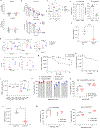

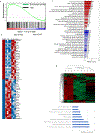


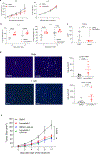
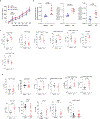
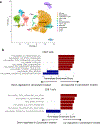

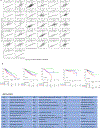




Comment in
-
Neutrophil ferroptosis causes immunosuppression.Nat Rev Immunol. 2023 Jan;23(1):6. doi: 10.1038/s41577-022-00820-2. Nat Rev Immunol. 2023. PMID: 36470969 No abstract available.
-
Tumor neutrophils ferroptosis: a targetable immunosuppressive mechanism for cancer immunotherapy.Signal Transduct Target Ther. 2023 Feb 22;8(1):77. doi: 10.1038/s41392-023-01357-z. Signal Transduct Target Ther. 2023. PMID: 36813764 Free PMC article. No abstract available.
References
References in Methods
Publication types
MeSH terms
Grants and funding
- R01 CA165065/CA/NCI NIH HHS/United States
- T32 DK007780/DK/NIDDK NIH HHS/United States
- R01 DK108722/DK/NIDDK NIH HHS/United States
- U01 AI156924/AI/NIAID NIH HHS/United States
- R01 CA266342/CA/NCI NIH HHS/United States
- P30 DK046200/DK/NIDDK NIH HHS/United States
- R01 CA229803/CA/NCI NIH HHS/United States
- R01 CA243142/CA/NCI NIH HHS/United States
- P30 CA016520/CA/NCI NIH HHS/United States
- R01-CA-229803-01/CA/NCI NIH HHS/United States
- AI156924/AI/NIAID NIH HHS/United States
- P30 CA010815/CA/NCI NIH HHS/United States
- R50 CA211199/CA/NCI NIH HHS/United States
- 2T32DK007780-21/DK/NIDDK NIH HHS/United States
LinkOut - more resources
Full Text Sources
Medical
Molecular Biology Databases

